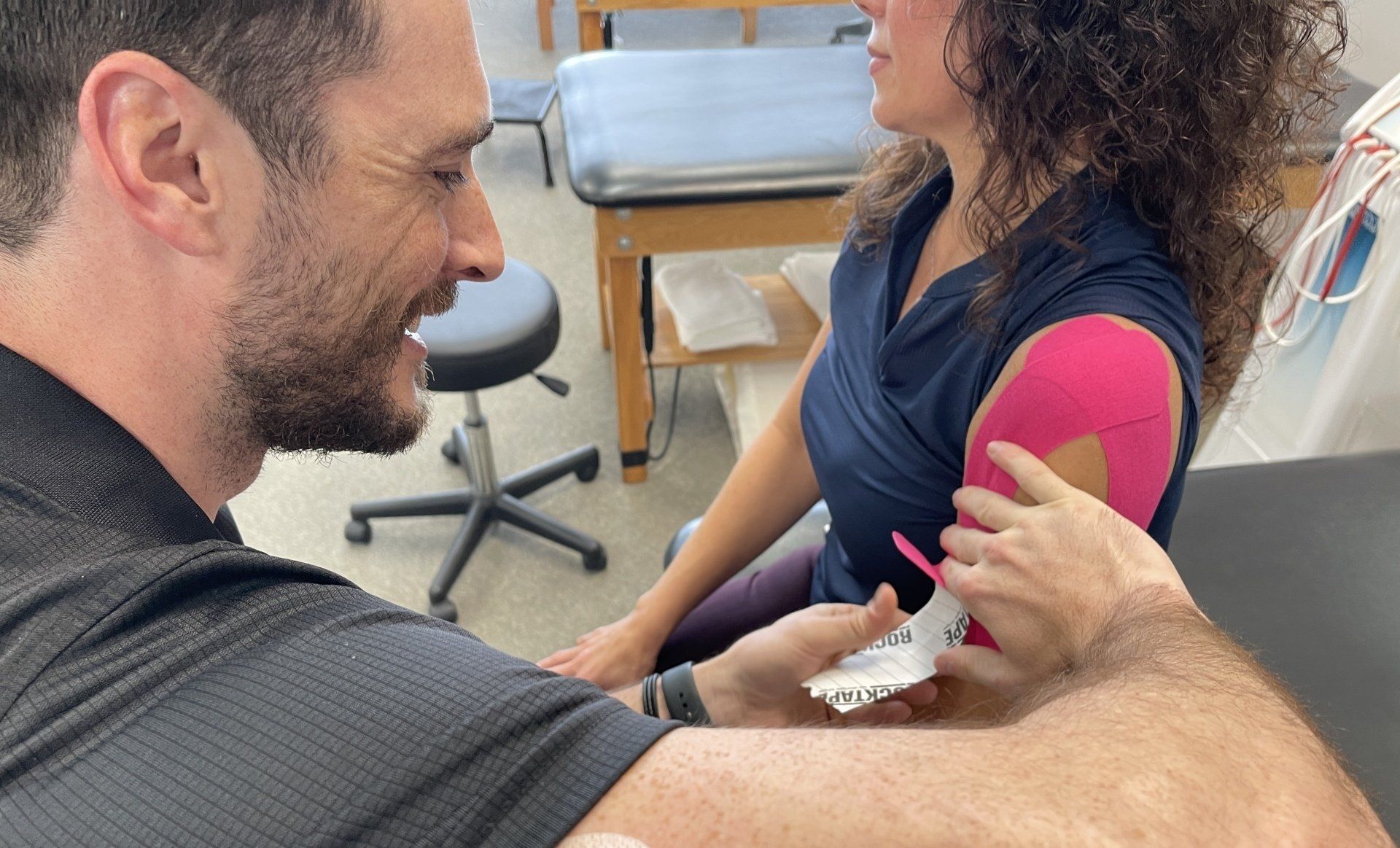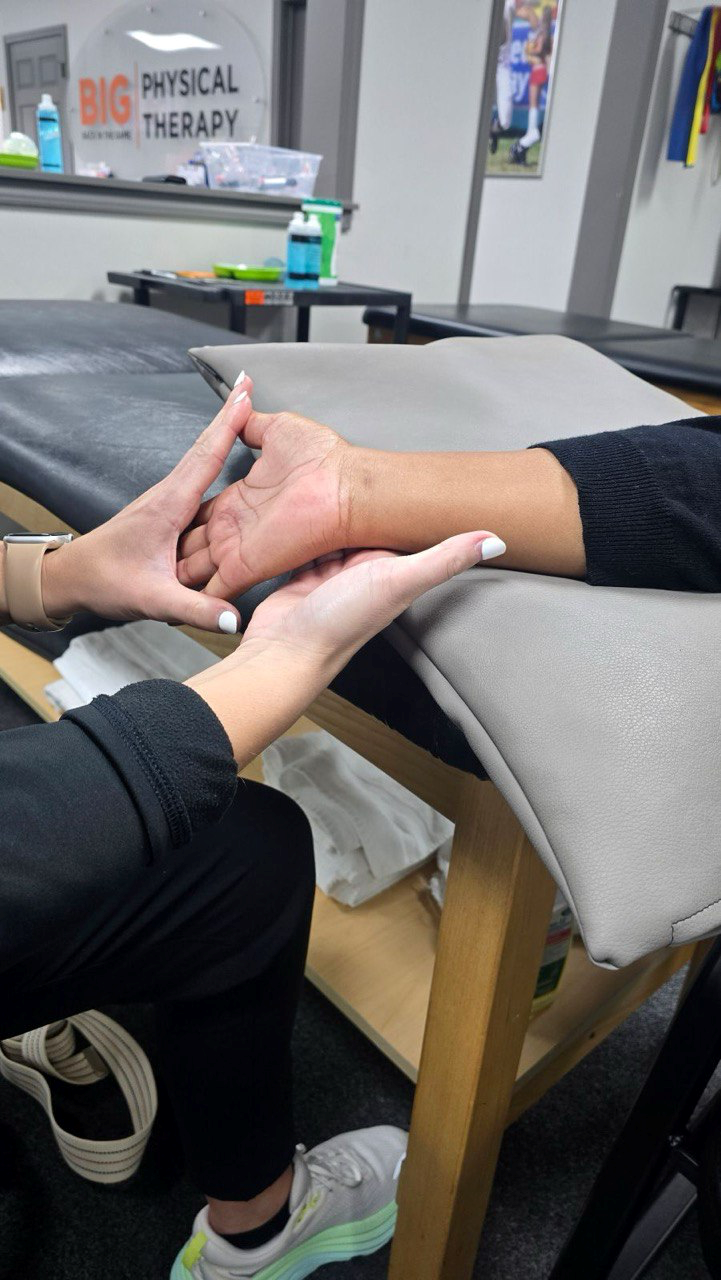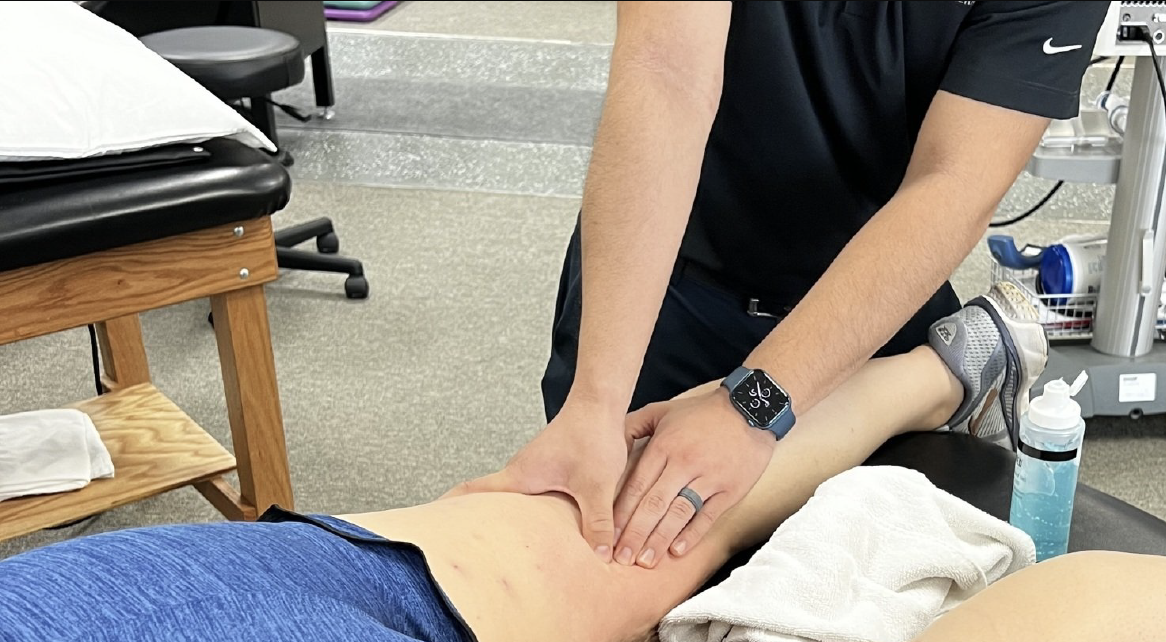Physical Therapy Services
Where Does It Hurt?
Who We Are
Resources
10 Key Benefits of Physical Therapy
When it comes to medical treatment, you always want access to the best options. Depending on the issue at hand, those options can vary considerably. You might have some idea of what physical therapy is and entails, but many patients overlook therapy as a way to manage pain, overcome health issues, prevent additional problems, and even avoid surgery. The fact is that physical therapy is sometimes the best option. Here are 4 key benefits to participating in physical therapy.
1.) Pain Management
Generally speaking, the most common reason that our patients come to see us is to reduce or eliminate pain. Physical therapy exercises and techniques, such as soft tissue mobilization or electrical stimulation, can help to relieve pain, restore muscle strength and flexibility, and improve joint function to reduce your pain.
2.) Improve Balance and Mobility
Improving mobility and balance is a primary focus of physical therapy, addressing concerns that become more significant as we age. Physical therapy initiates with a thorough fall risk screening, ensuring a safe and effective approach to challenging balance. If you experience dizziness or vertigo, physical therapy interventions can contribute to the restoration of vestibular functioning, potentially eliminating these troublesome symptoms. Many individuals opt for physical therapy to enhance mobility, especially following an injury or surgery. Tailored physical therapy courses are designed not only to facilitate the practice of specific movements but also to enhance balance. The courses contribute to the development of muscles that play a crucial role in improving overall control. As body control advances, a natural byproduct is an improvement in balance, effectively reducing the risk of falls and addressing various challenges associated with mobility and balance. Physical therapy offers a comprehensive solution applicable to patients of all ages, effectively addressing specific issues that, if left unattended, could lead to significant impairment or a decline in quality of life.
3.) Prevent Injuries
Physical therapy serves as a proactive approach not only to improve balance and mobility but also as a powerful tool for preventing injuries. By enhancing your ability to move freely and effectively, physical therapy contributes to your overall strength and health. The developmental progress achieved through therapy empowers you to better control your body, playing a key role in injury prevention.
In line with preventing injuries, physical therapy offers tailored strategies that go beyond accident prevention. Athletes, in particular, benefit from the specialized knowledge of licensed physical therapists who understand the nuances of different sports and activities. Whether you're a distance runner or engaged in other physical pursuits, a skilled physical therapist can assess and reduce the risk of specific injuries associated with your chosen activity. For instance, for a distance runner, the therapist can implement targeted recovery and prevention exercises to ward off issues like stress fractures, ensuring a safe and healthy athletic journey.
4.) Avoid Surgery
Physical therapy plays a crucial role in the realm of surgical interventions, often accompanying procedures such as rotator cuff surgery. Surgery, while sometimes necessary, carries the inherent cost of damaging tissues, requiring subsequent therapy to redevelop motion in affected body parts. However, the versatility of physical therapy extends beyond post-surgery rehabilitation; it can also serve as a preventative measure to avoid surgery altogether.
Contrary to the common perception of physical therapy as a post-surgery recovery tool, it is a proactive approach to reduce or eliminate pain that might otherwise lead to surgical intervention. Collaborating with a physical therapist allows individuals to address pain issues, potentially avoiding the need for surgery. Beyond the health benefits, opting for physical therapy as a preventive measure also proves advantageous for your finances, as it is significantly less expensive than intense surgical procedures. In essence, physical therapy emerges not just as a post-surgery treatment but as a valuable and sometimes superior alternative, particularly in the case of chronic issues, offering a holistic approach to healing and avoiding the need for surgical intervention.
5.) Recovery After Surgery
After surgery, a personalized physical therapy plan is often recommended by doctors for weeks to months. Physical therapy aims to enhance post-surgery outcomes by improving range of motion, alleviating pain, and preventing excessive scar tissue formation.
Post-surgery patients, particularly those undergoing
orthopedic procedures like knee surgery or joint replacements, benefit from physical therapists' expertise. These professionals guide individuals in regaining strength, restoring mobility, and facilitating a return to their normal level of function. Education on incision care and infection prevention adds a valuable dimension to the comprehensive support provided by physical therapy.
6.) Improve Strength & Conditioning
Physical therapy focuses on strengthening muscles, improving endurance, and enhancing overall conditioning. Therapists create personalized exercise programs that target weak muscle groups, correct imbalances, and enhance overall physical fitness. This leads to better stability, improved functional movements, and increased ability to perform daily tasks with less effort and fatigue. Strengthening also helps protect joints and prevent injuries, making it essential for individuals recovering from surgery, dealing with chronic pain, or seeking to improve athletic performance.
7.) Fall Prevention
Falls are a significant concern, especially for older adults and those with balance issues. Physical therapy addresses this risk by working on balance, coordination, and proprioception (awareness of body position). Therapists use exercises that simulate real-life scenarios to improve a patient’s reaction times and teach them safe ways to move and recover if they lose their balance. This proactive approach reduces the risk of fractures, head injuries, and other fall-related complications, enhancing the patient’s confidence in their mobility and independence.
8.) Helps Arthritis
For individuals suffering from arthritis, physical therapy is a vital part of managing pain and maintaining joint function. Therapeutic exercises help keep joints flexible, strengthen the muscles around them, and improve range of motion. Therapists also use modalities like heat, ice, ultrasound, and manual therapy techniques to reduce inflammation and relieve pain. By learning the proper way to move and perform daily activities, patients can minimize stress on arthritic joints, reduce pain flare-ups, and maintain a higher quality of life.
9.) Manage Respiratory Health
Physical therapy can be a game-changer for individuals with respiratory conditions like chronic obstructive pulmonary disease (COPD), asthma, or cystic fibrosis. Respiratory therapists incorporate breathing techniques, airway clearance methods, and exercises that strengthen the respiratory muscles. These interventions help increase lung capacity, improve oxygen intake, and enhance overall respiratory function. They also educate patients on effective cough techniques and postural adjustments that optimize breathing, leading to better management of symptoms and a reduced need for medication.
10.) Provides Relief for All Ages
Physical therapy is versatile, offering tailored interventions for people of all ages, from children to seniors. Pediatric therapy helps kids overcome developmental delays or physical disabilities, while adult therapy addresses issues like sports injuries, chronic pain, and post-surgical recovery. For seniors, therapy often focuses on maintaining independence, managing age-related conditions, and enhancing mobility. No matter the age or specific need, physical therapy supports overall health and well-being by promoting movement, reducing pain, and empowering individuals to lead active lives.
Get in Touch!
Physical therapy has a lot to offer patients. If any of these benefits sound promising to you, then
contact us today. We can get you in touch with a medical professional who will discuss your options with a
free consultation and help you find the appropriate means to pursue better health outcomes.
About the Author
Trey Short
PT, DPT
Specialties: Orthopedic injuries of all kinds and blood flow restriction
Certifications: Dry needling and blood flow restriction training
Location(s): Flowery Branch, GA






